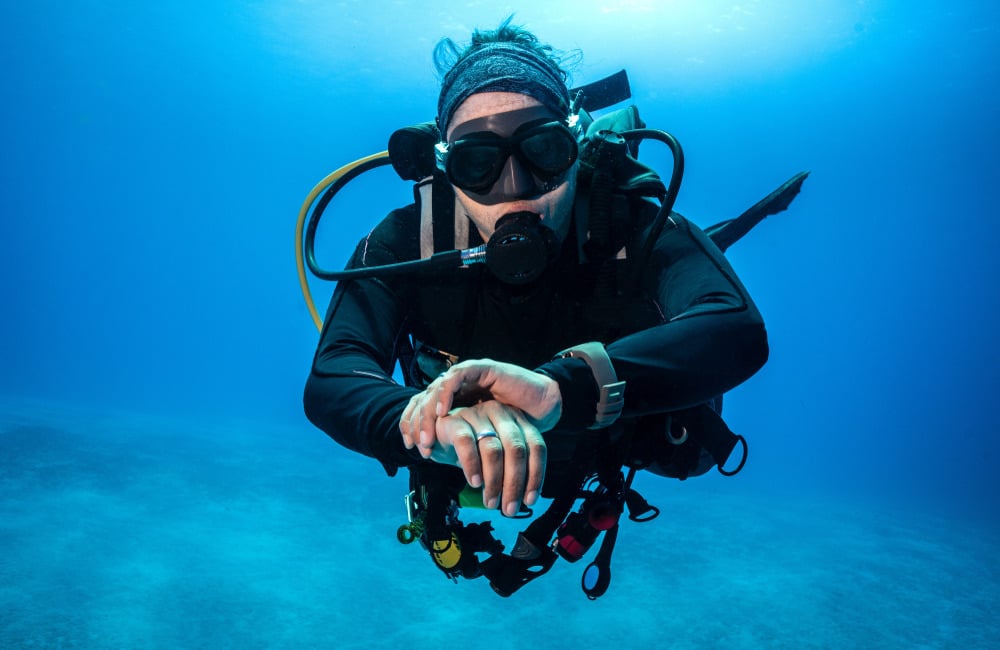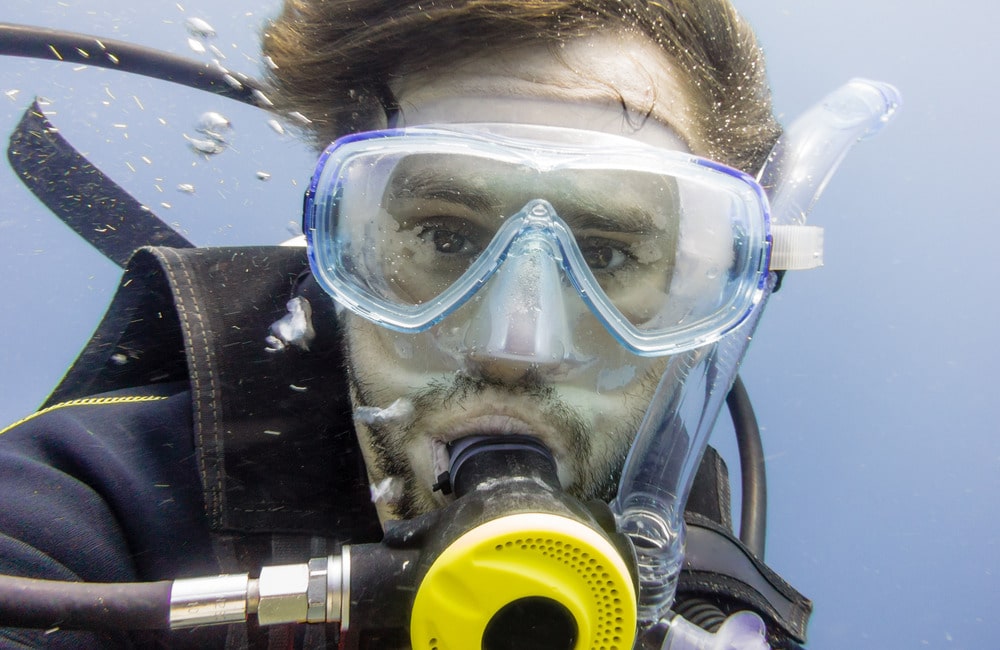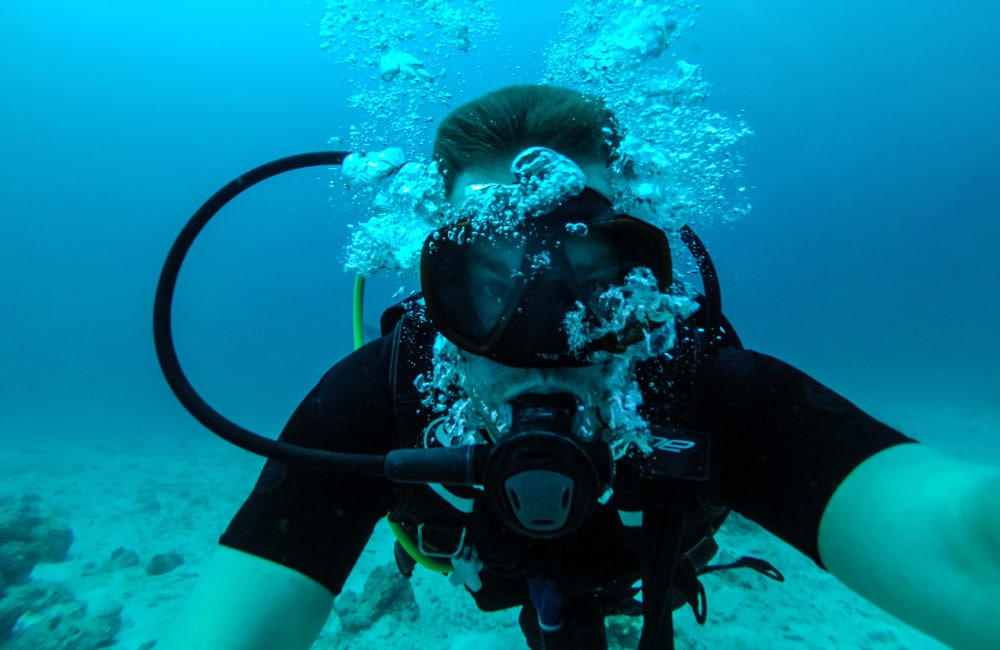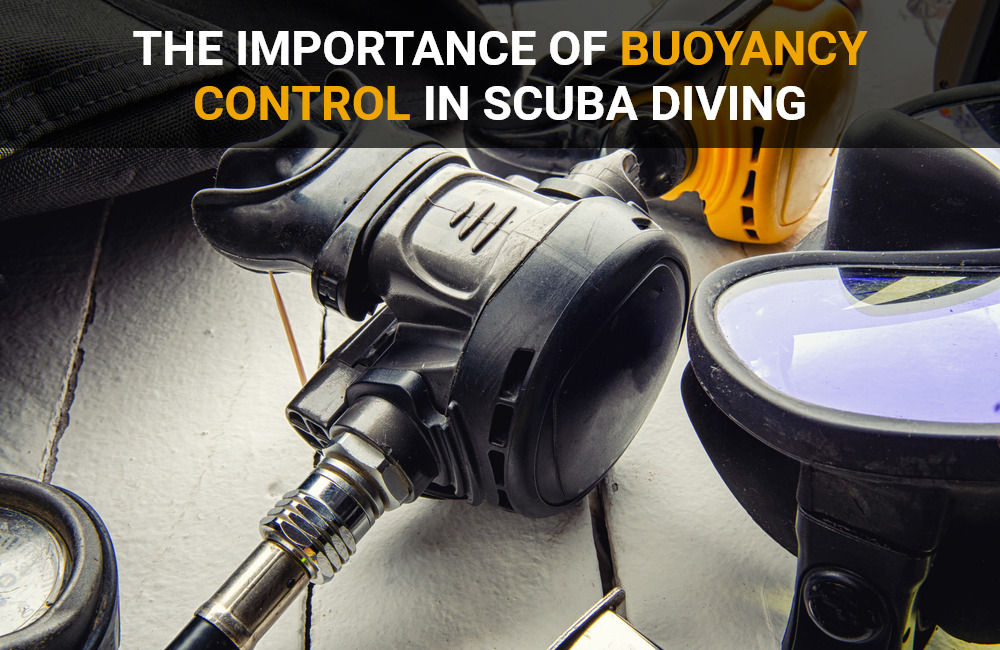Scuba diving is an exciting activity that allows us to explore the beautiful depths of the ocean, providing hours of entertainment and adrenaline-pumping thrills. But beneath all the glitz and glamour lies an array of important safety protocols, procedures, and techniques that must be adhered to at all times if we are going to dive safely.
One such essential practice is buoyancy control – a skill that requires awareness, concentration, and experience in order for it to be performed correctly. In this article, we will look at what buoyancy control is, why it’s so important when scuba diving, and how you can develop your own buoyancy skills as quickly as possible!
Benefits of Buoyancy Control 
The following are the benefits of buoyancy control in scuba diving:
Improved Air Consumption
Buoyancy control is one of the most important skills a scuba diver can master. Not only does it allow for effortless movement through the water, but it also improves air consumption, which is a major concern for divers.
By controlling their buoyancy, divers are able to maintain a consistent depth and use less energy, reducing the amount of air they require to breathe. This not only extends dive times but also reduces the risk of decompression sickness.
Improved air consumption also means that divers are able to enjoy longer surface intervals, allowing them to relax and refuel before their next dive. Overall, mastering buoyancy control is a crucial step toward becoming a skilled and safe scuba diver.
Enhanced Safety
Buoyancy control in scuba diving is essential to ensure enhanced safety for divers. The ability to control buoyancy not only helps the diver maintain a consistent depth but also allows for precise positioning in the water. It is important for divers to maintain neutral buoyancy throughout a dive, preventing both ascent and descent, which can be dangerous if not properly controlled.
With proper buoyancy control, divers can also conserve their energy and use less air, leading to longer dives and increased enjoyment of the underwater environment. In addition to these benefits, proper buoyancy control also helps prevent damage to fragile underwater environments by keeping the diver from accidentally touching or damaging reefs or other aquatic life.
Ultimately, mastering buoyancy control is a key component to safe and enjoyable scuba diving.
Better Dive Experience
Buoyancy control is one of the most important skills for scuba divers to master in order to have a better diving experience. Being able to control your buoyancy means that you can hover effortlessly in the water column, conserve energy, and stay close to marine life without causing any damage.
Buoyancy control also allows for precision diving, which is especially useful for underwater photography or when searching for specific creatures. As you improve your buoyancy control skills, you’ll find that you can dive for longer periods of time and feel less fatigued at the end of each dive.
So, whether you’re a beginner or an experienced diver, don’t underestimate the benefits of mastering buoyancy control for a more enjoyable and satisfying diving experience.
Techniques for Buoyancy Control 
Following are the techniques for buoyancy control. Take a look:
Weighting and Distribution
Weighting and distribution is a technique used in scuba diving for buoyancy control. It involves placing weights on the diver’s body to make up for the weight of the equipment and ensure that the diver is neutrally buoyant.
The key to successfully weighting and distributing is to find the perfect balance between too much and too little weight, as the former can lead to uncomfortable and unsafe diving while the latter may cause the diver to float to the surface uncontrollably.
Proper distribution of weight is also essential as it helps to avoid excessive stress on certain parts of the body, such as the lower back, and can improve maneuverability underwater. With the right weighting and distribution technique, divers can move through the water with ease and enjoy a safe and comfortable diving experience.
Use of Buoyancy Compensator Device
One technique for buoyancy control that has gained popularity in recent years is the use of a buoyancy compensator device (BCD). These versatile devices provide divers with the ability to adjust their buoyancy on the fly, making it easier to maintain a neutral position in the water and stay at the depth they want.
By using a BCD, divers can reduce their air consumption and extend their dive times while also minimizing their impact on the underwater environment. While it takes practice to master the use of a BCD, it is a technique that is well worth the effort for anyone looking to improve their scuba diving skills.
Controlled Breathing
Controlling your breathing is an essential skill for any scuba diver looking to improve their buoyancy control. By breathing slowly and deeply, you can regulate your buoyancy, effortlessly maintaining your position in the water column at any depth.
By expanding your chest, inhaling deeply, and then slowly releasing your breath, you’ll be able to make subtle adjustments to your buoyancy. This technique, known as controlled breathing, is crucial for perfecting your dive experience and can enhance safety and comfort underwater.
A skilled diver who can master this technique will enjoy greater time underwater, more natural interactions with marine life, and a deeper understanding of the ocean’s wonders.
Consequences of Poor Buoyancy Control 
Below we have mentioned and explained the consequences of poor buoyancy control. Have a look:
Damage to Marine Life and Coral Reefs
The impact of poor buoyancy control on marine life and coral reefs cannot be overstated. Every year, countless divers unknowingly cause irreversible harm to these fragile ecosystems by carelessly kicking up sand, crashing into delicate corals, and disturbing marine fauna.
The damage inflicted upon these underwater habitats not only affects marine life but also disrupts the whole food chain. The gravity of this issue makes it crucial for divers to have proper buoyancy control and be mindful of their underwater movements. With the right training and techniques, divers can explore the underwater world without leaving a negative mark on it.
Physical Harm to the Diver
Poor buoyancy is a consequence that could lead to a variety of physical injuries, ranging from minor scratches to severe decompression sickness, also known as “the bends.” It’s crucial to maintain perfect buoyancy to ensure that your diving experience is enjoyable and safe.
Scuba diving instructors recommend practicing buoyancy skills frequently to strengthen your diving skills, so you can fully enjoy the beauty of the underwater world while minimizing your risks. Diving is fantastic, and with the right buoyancy control skills, it can be more exciting and safer than ever before.
Increased Risk of Decompression Sickness
Buoyancy control is a crucial aspect of scuba diving, and poor control can have serious consequences. One of the greatest risks associated with improper buoyancy control is decompression sickness, often referred to as “the bends.”
This condition occurs when nitrogen bubbles form in the bloodstream and tissues due to a rapid change in pressure. It can cause a range of symptoms, from joint pain to paralysis or even death in extreme cases.
While decompression sickness can occur for a variety of reasons, including diving too deep or ascending too quickly, it is often linked to inexperienced divers not properly maintaining their buoyancy.
Therefore, it is important for divers to practice good buoyancy control techniques and seek guidance from experienced instructors to minimize the risk of decompression sickness.
Conclusion
To conclude, buoyancy control is one of the most important skills for a scuba diver to have. If you do not have it, you will not be able to take full advantage of your dive and will likely end up in situations that might put your safety in danger. As a diver, it’s essential to practice controlling your buoyancy and make sure you become comfortable doing it before you go on any dives.
The more you practice, the better off you’ll be both when you’re underwater and above the surface. Additionally, don’t forget to purchase the right gear, such as a buoyancy compensator device or regulator that can help with buoyancy control.
Finally, if at any point during your dive, you feel like something is off—stop diving immediately and reassess the situation. Taking these precautions and actions can help make sure that each dive remains an enjoyable and thrilling experience!
